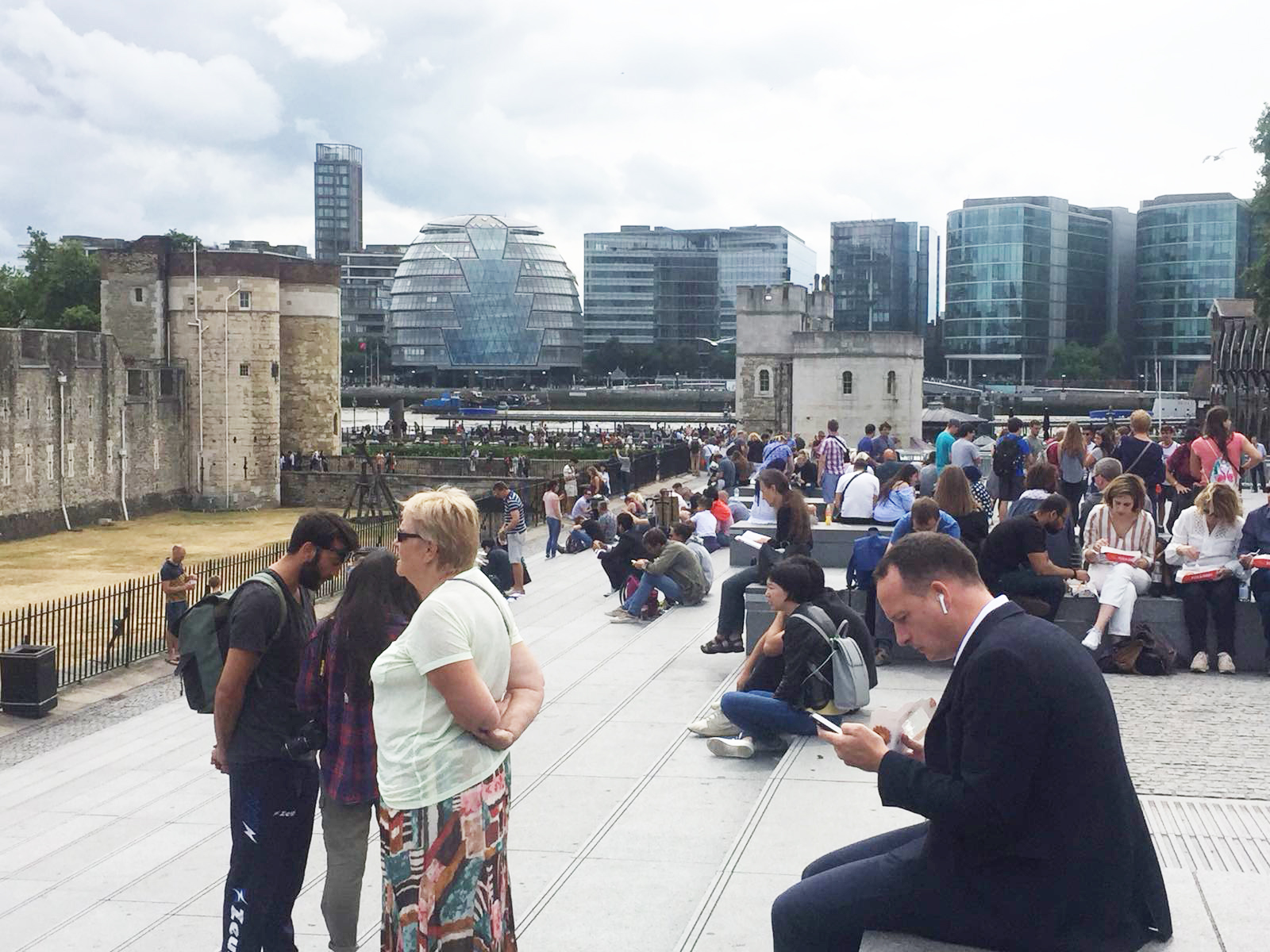United Kingdom, London
FC-01x Future Cities (Self-Paced) - Exercise 1 : "Making the Invisible - Visible"

Uploaded on 2018-08-17 by Marcos Bresser
In this public space near to the Tower of London we can observe visible information such as: - number of people in the square; - activities done in this space; - number of people passing through; - number of people sitting and standing. From this visible information we could try to collect data and discover invisible information such as: - cross the age of visitors with what activity they are doing in the square to discover certain patterns; - relate each activity to the space in the square in which they are carried out, to discover urban characteristics that promote certain activities. We could use the last item to analyse why certain places are used for certain activities. With such information we could make public spaces more adequate to whatever use they are supposed to. For example, if we are to promote exercise in a town or neighbourhood full of older people and have, for example, discovered that older people almost always choose for places that have a shadow and a flat ground, we have at least a starting point to do so. Of course, we would have to collect data from many other public spaces.